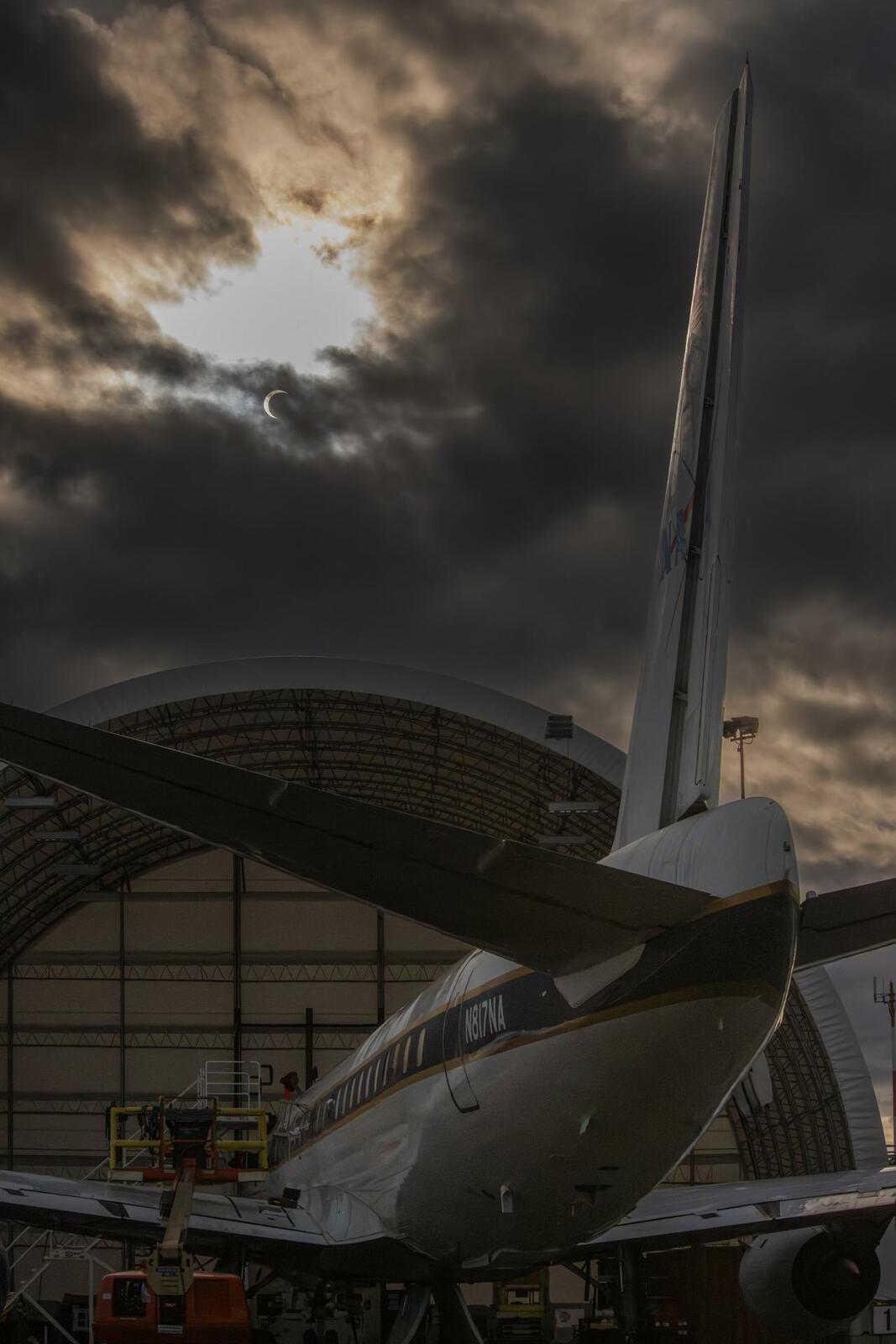Notifications
ALL BUSINESS
COMIDA
DIRECTORIES
ENTERTAINMENT
FINER THINGS
HEALTH
MARKETPLACE
MEMBER's ONLY
MONEY MATTER$
MOTIVATIONAL
NEWS & WEATHER
TECHNOLOGIA
TV NETWORKS
VIDEOS
VOTE USA 2026/2028
INVESTOR RELATIONS
DEV FOR 2025 / 2026
ALL BUSINESS
COMIDA
DIRECTORIES
ENTERTAINMENT
FINER THINGS
HEALTH
MARKETPLACE
MEMBER's ONLY
MONEY MATTER$
MOTIVATIONAL
NEWS & WEATHER
TECHNOLOGIA
TV NETWORKS
VIDEOS
VOTE USA 2026/2028
INVESTOR RELATIONS
DEV FOR 2025 / 2026
About Me
 Latinos Media
Latinos Media Latinos Media provides all types of news feeds on a daily basis to our Members
Posted by - Latinos Media -
on - December 14, 2023 -
Filed in - Entertainment -
-
506 Views - 0 Comments - 0 Likes - 0 Reviews

4 min read
Preparations for Next Moonwalk Simulations Underway (and Underwater)It was an abundant year of innovation, exploration, and inspiration for NASA’s Armstrong Flight Research Center in Edwards, California. NASA Armstrong continues to demonstrate America’s leadership in aeronautics, Earth and space science, and aerospace technology. Our researchers, engineers, and mission support teams continually seek to revolutionize aviation, add to mankind’s knowledge of the universe, and contribute to the understanding and protection of Earth.
The video above shows many of our achievements, below are a few special moments.
The X-59 achieved a major milestone when the supersonic research aircraft was moved from its construction site to the flight line for ground testing. At the same time, project teams were busy preparing for the aircraft’s first and subsequent flights, while also advancing shock wave photography, trained aircrew on upgraded life support systems, prepared to test updated ground microphone stations designed to measure the X-59’s quiet sonic thump, and began getting the aircraft painted in preparation for its unveiling.
NASA’s Advanced Air Mobility mission continued to work with industry partners who are building innovative new aircraft like electric air taxis and drones. The team explored how these new designs may help travelers and cargo move between and in cities. At NASA Armstrong, we built a custom virtual-reality flight simulator to explore the air taxi ride experience. We also collected data needed to allow for new self-flying technology, to help make our communities more connected than ever before.
Because wind affects all aircraft, our researchers measured wind at low altitudes to gather data needed to enhance air taxi safety. We tested atmospheric sensors that can monitor air quality and help uncrewed aircraft avoid dangerous wind shears.
To improve fuel efficiency, our Experimental Fabrication branch built a scale model of a unique aircraft wing that will be used to gather data for future, larger versions of the design.
In an effort to advance the use of alternative fuels in today’s planes we worked with aviation partners to study particle and gas emissions from passenger aircraft engines.
With the conclusion of the X-57 Maxwell this year, research from the X-57 Maxwell provided aviation researchers with hundreds of lessons learned, as well as revolutionary developments in areas ranging from battery technology to cruise motor control design.
Our crews flew above snowstorms to investigate how they form and flew over snow-covered regions to collect data on snowmelts and how they contribute to the water supply.
We conducted low-altitude flights over major cities and marine areas to study non-vehicular sources of pollution – like personal care and home products – and their impact on air quality in North America. To advance fire and smoke models, we participated in a multi-agency effort to collect measurements of fuels, fire behavior, fire energy, meteorology, smoke, and fire effects.
On the space front, we tested highly elastic strain sensors to help parachute designers construct better, more reliable parachutes to land rovers and equipment on Mars and enabled testing of an instrument designed to measure surface particles kicked up by a rocket-powered lander on the Moon or Mars.
Armstrong advanced NASA’s commitment to engage, inspire, and attract future generations of explorers. Students saw their experiments soar as payloads from the NASA TechRise Challenge launched high into the sky. We celebrated the 15th anniversary of our summer internship program, offering undergraduate students hands-on experience during a real airborne science campaign. Our researchers, pilots, and mission support teams traveled the country, showcasing aviation-inspired technology and the latest in NASA aeronautics research, space exploration, science, and more.
We hunted for lightning and collected data on radiation generated by thunderclouds to better predict when storms could turn severe and we paved the way to improve autonomous observation capabilities for small spacecraft flying over Earth, the Moon, or other worlds. Finally, we forged a new partnership to build, test, and fly an experimental aircraft aimed at lowering emissions.
These are just some of Armstrong’s many innovative research efforts that support NASA’s mission to explore the secrets of the universe for the benefit of all.